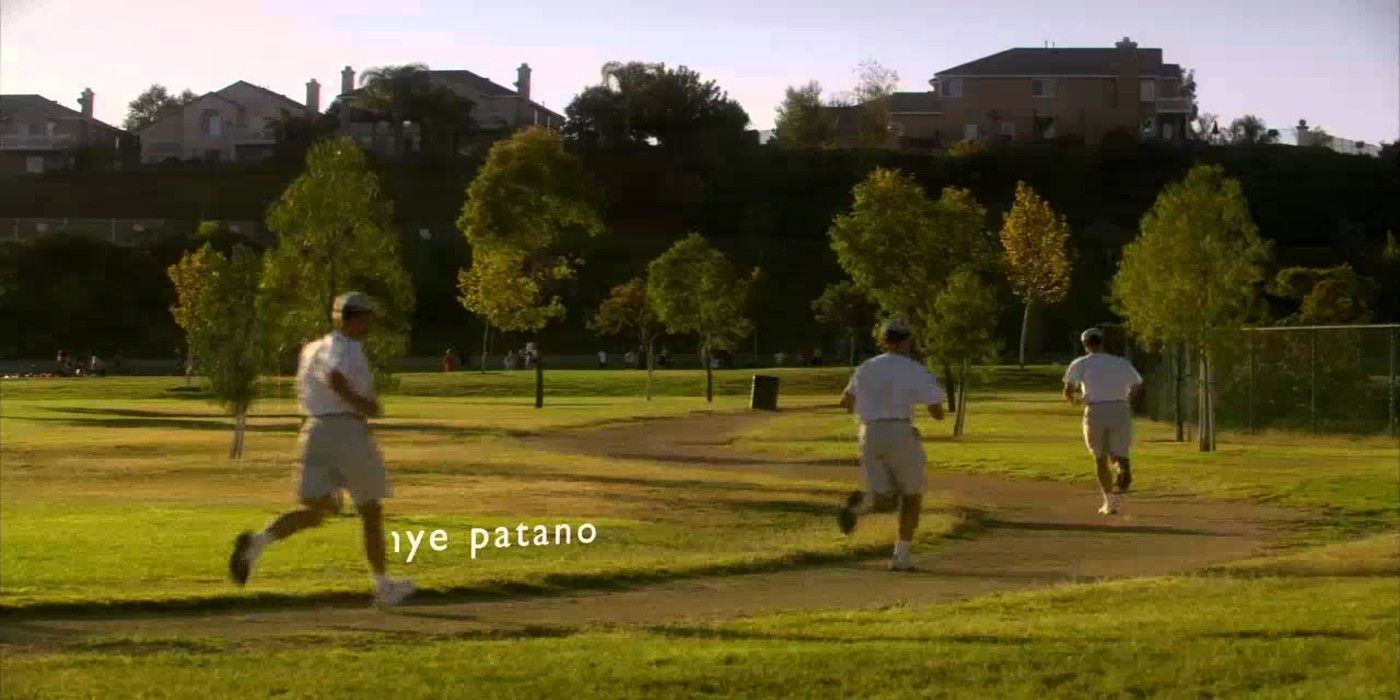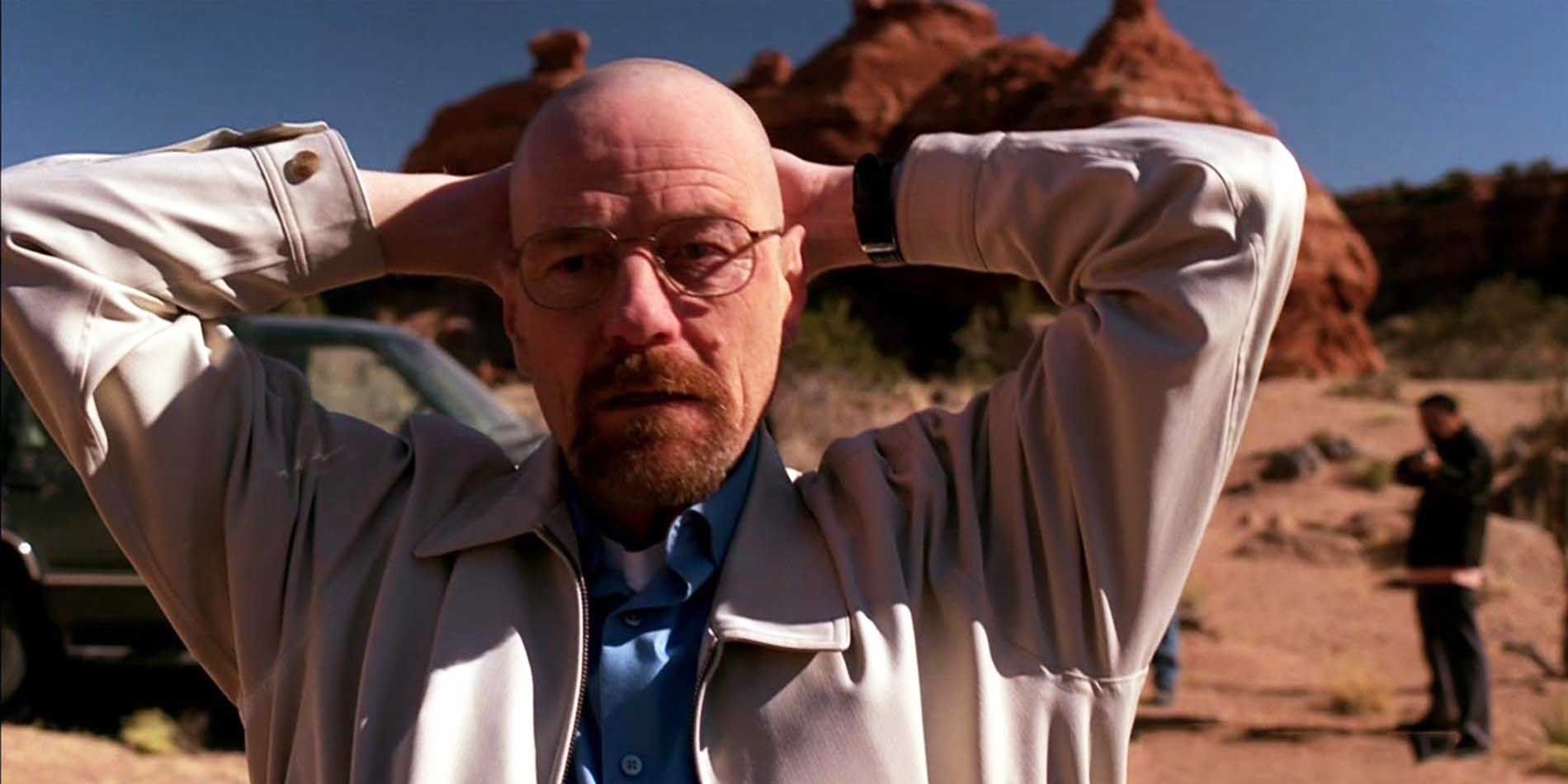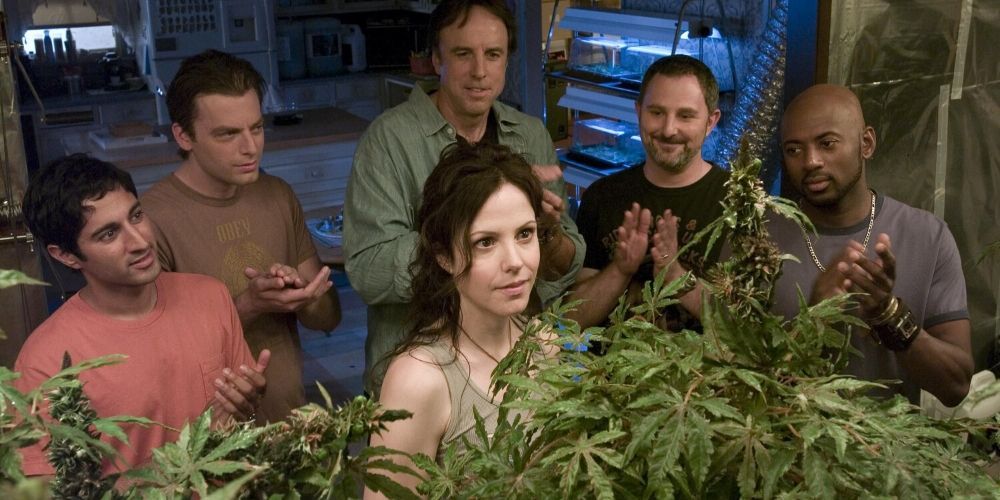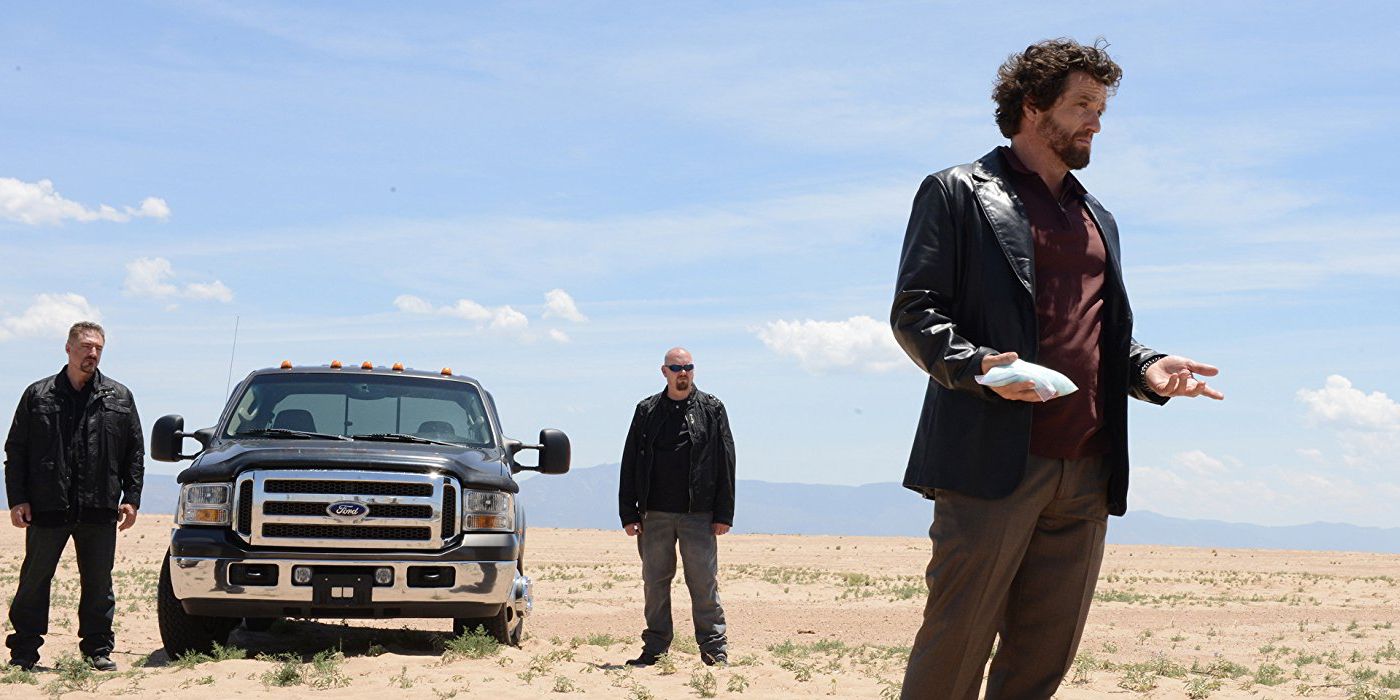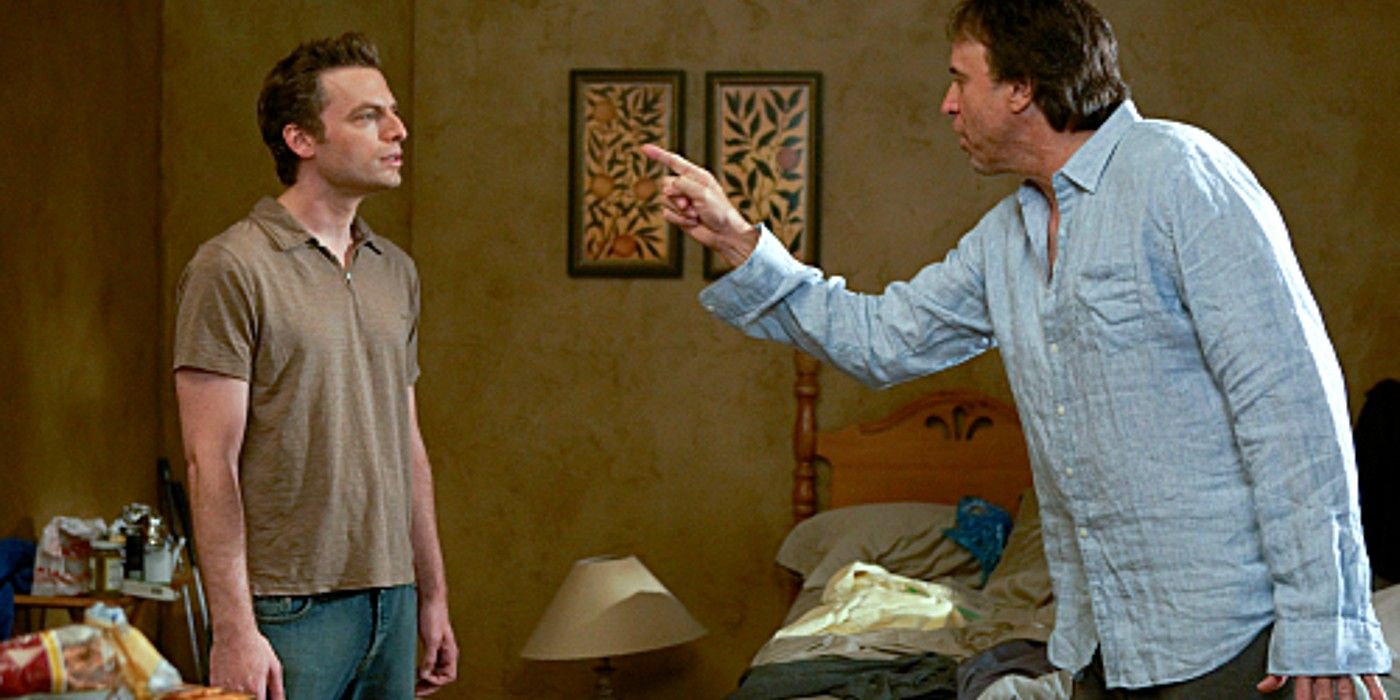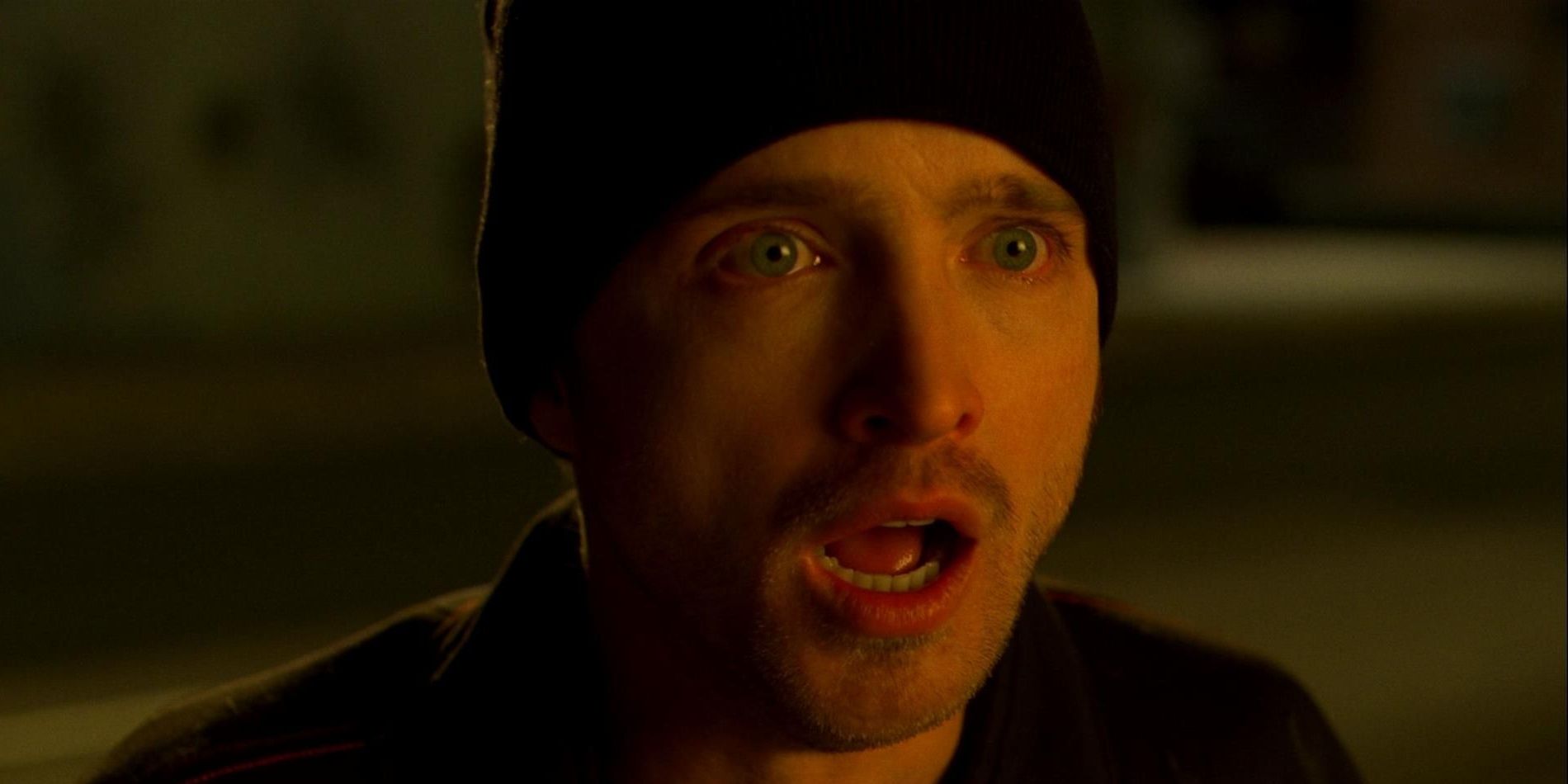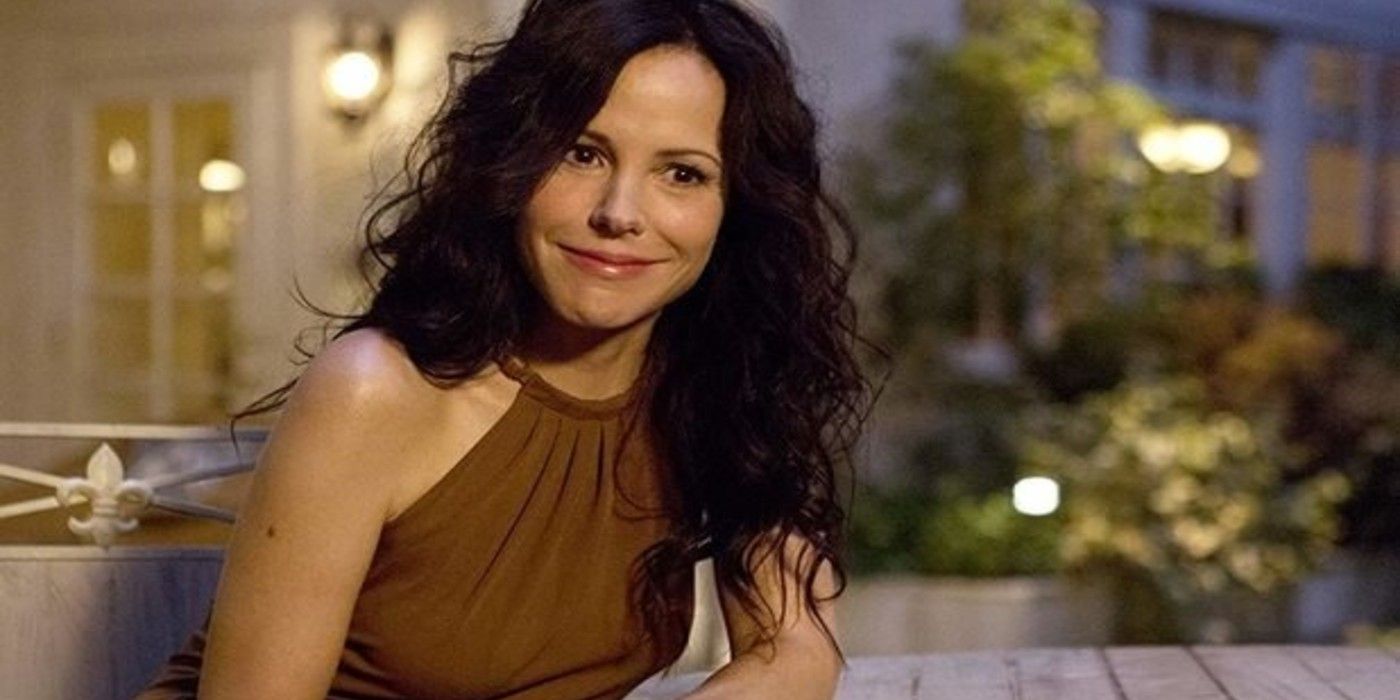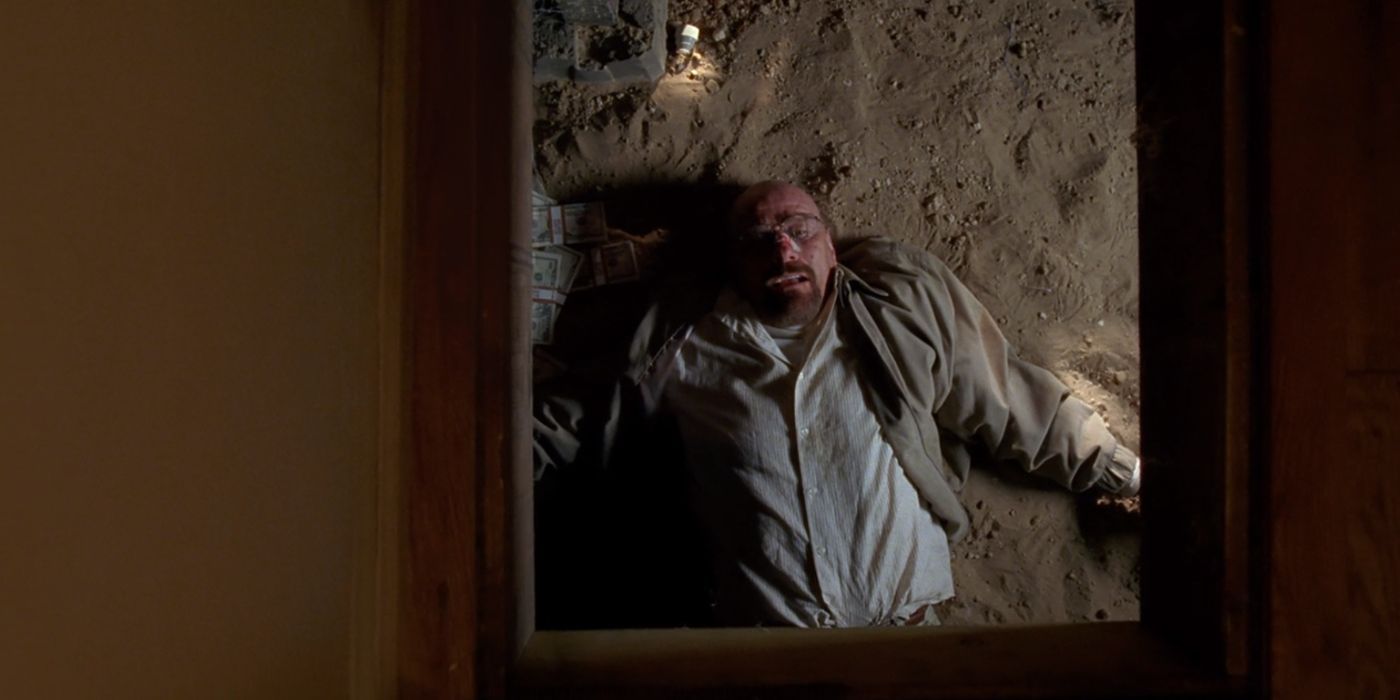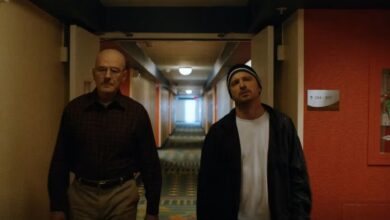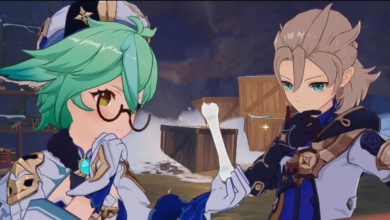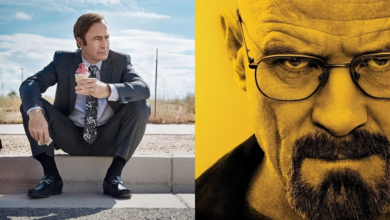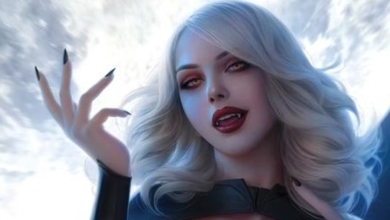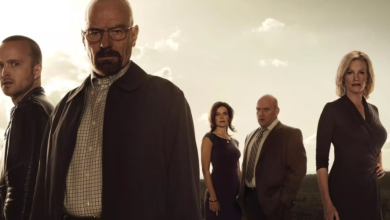5 Things Weeds Did Better Than Breaking Bad
Breaking Bad and Weeds are two of the biggest drug-based crime dramas to hit TV screens and they are similar in many ways, but which show is better?
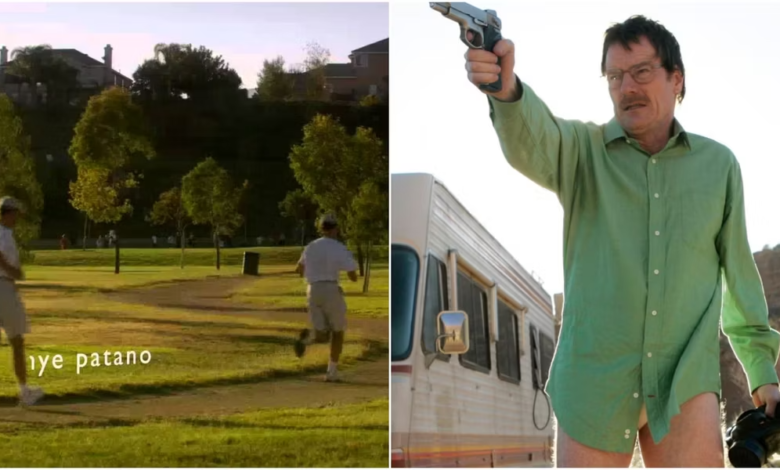
When it comes to crime-dramas on TV, there is a multitude of options to choose from. Case in point? Jenji Kohan’s Weeds on Showtime and Vince Gilligan’s AMC hit Breaking Bad. Both series can loosely be described as dark comedy-dramas centered around the crime and chaos that can emerge from pushing drugs. Parallels can also be drawn when it comes to their basic premises – as both feature antiheroes resorting to drug dealing born of desperation.
But this is pretty much where the similarities end. Both narratively and stylistically, both shows take a different approach and each excels in their own way. Gilligan emphasizes a darker, more intense tone, while Kohan stresses whimsical satire.
Weeds: The Opening Sequence
Breaking Bad received acclaim in a number of areas – although its brief, minimalistic opening sequence isn’t exactly at the top of the list. On the other hand, Jenji Kohan manages to entice and intrigue viewers right from the getgo with Weeds‘ distinctly memorable opening. The early seasons open with an elaborate, vibrant shot of the upper-middle class burbs of Agrestic, California.
A prominent “sameness” and ongoing routine is conveyed as streams of clones repetitively go about their day. This emphasis on mundane, squeaky-clean suburban life is driven home by the amusingly-fitting song, “Little Boxes” by Malvina Reynolds, which plays during the scene. It’s really something of a short film in and of itself.
Breaking Bad: Ends With A Bang
As Vince Gilligan stated, he wished to close out his hit crime drama on a high note, rather than overstay its welcome. This is contrasted with Weeds, which, for many fans, started to peter out and lose focus in its final few seasons.
On the other hand, fans and critics often regard Breaking Bad‘s final season as its most epic and entertaining. The ongoing escalation and influence of Walt – from low-level pusher to syndicate employee to kingpin – keeps viewers engaged and interested. This all reaches an exciting crescendo during the show’s final run when the clock begins to run out for Walt, and he grows increasingly desperate to finish his “business.”
Weeds: Characters Are Generally More Likable And Easier To Root For
Both Nancy Botwin and Walter White begin as fairly sympathetic, relatable characters. Nancy is a single mother trying to get by in raising two kids, while Walt is forced to provide for his family when he learns he has life-threatening cancer. But ultimately, Nancy and her supporting cast prove to be a degree more likable, relatable, and thus easier to root for.
Mary-Louise Parker brings a believable, down-to-earth sensibility to the role of Weeds‘ troubled protagonist and viewers can more easily empathize and relate to the more common plight of this single mother. They can identify with Weeds‘ more typical figures, rather than the band of nefarious villains and antiheroes of Breaking Bad.
Breaking Bad: Higher Stakes Producing More Excitement
In fairness, Weeds does manage to ramp up in the middle seasons, when Nancy finds herself mixed up with drug cartels. But as a whole, the show takes a more subdued and simple approach. It doesn’t always feel like things are particularly dire for Nancy and her family, or that chaos ensues to the point where fans must see what happens next.
Even from the outset, Vince Gilligan’s drama is consistent in keeping the narrative gripping and the stakes at least moderately high. Walt not only must worry about “running out the clock,” but he and Jesse also find themselves in dire straits, barely escaping utter ruin on multiple occasions.
Weeds: Its Endearing “Feel Good” Approach
Not unlike a deep Coen Brothers romp, Breaking Bad is regarded for its drama, action, and prominent dark comedy. Still, this isn’t for everybody, and many find that Gilligan’s show can be a rather harsh watch.
While Weeds certainly has its dark, somber moments, as well, Kohan balances this with a more lighthearted, whimsical tone throughout. The trials and tribulations of Nancy and company are offset by endearing, moralistic, and often silly moments. This moderate tone tends to make for a more appealing, palatable watch for many.
Breaking Bad: Stronger Writing And More Natural Exchanges
There is no shortage of amusing one-liners and memorable exchanges in Weeds, to be sure. Still, there are moments where the writing can tend to feel a bit too clever and over-the-top for its own good. There seems to be an effort to craft memorable zingers and profound lines more than organic dialogue. As amusing as it may be, uncle Andy’s colorful speech to Shane regarding “self-stimulation” doesn’t feel terribly authentic.
Gilligan and his band of writers tend to take the “less is more” approach, which often proves more effective. The performances and exchanges tend to feel more raw and natural.
Weeds: Its Sense Of Humor
Those seeking some laughs with their crime drama will find plenty in Weeds, compared to the sprinkling of dark comedy in Breaking Bad. The show’s whimsical, satirical nature makes it a distinctly fun watch.
You’ve got Nancy’s witty, lighthearted demeanor, as well as her snobby friend Celia’s (Elizabeth Perkins) dry, sarcastic humor. Additionally, there’s the charmingly-funny Conrad (Romany Malco). Meanwhile, the silliness of Kevin Nealon and Justin Kirk – who play Doug Wilson and Andy Botwin respectively – bring a sitcom-esque silliness, as well as some clever zingers.
Breaking Bad: Compelling Drama And Action Keeps Viewers Engaged
Weeds largely succeeds as a comedy-drama with a smidgen of dark overtones. But Gilligan’s show takes it to the next level when it comes to thrilling action and tear-jerking emotional drama. Walt laughing maniacally as he realizes the walls are closing in, or Skyler sobbing on the street as her child is abducted – these scenes have a visceral, raw emotional element to them that Weeds scarcely reaches.
In terms of action, fans have the intense showdown at Don Eladio’s hacienda, and the heart-pounding shootout between Hank, Steve, and Jack’s gang.
Weeds: A More Grounded, Believable Premise
For all of Breaking Bad‘s nuanced and clever writing, there are moments that can feel rather far-fetched and implausible. Walt often seems to narrowly escape doomed scenarios, not unlike a drug-pushing version of James Bond. His arch-nemesis, A DEA agent, happens to be his brother-in-law – who also fails to sniff him out for months, despite being right under his nose?
On the whole, Weeds feels a degree more believable with its more subdued, (relatively) realistic premise. The audience can almost buy that a desperate single parent in a rich neighborhood may resort to moving marijuana – a far-less dangerous drug than Walt’s product-of-choice.
Breaking Bad: Movie-Level Production And Performances
The fact that the film El Camino was so close in style from the show on which it’s based – should be an indicator as to Breaking Bad‘s production quality.
And despite the deep pockets of the Viacom-owned Showtime, Weeds does take on the feel of the more humble TV show that it is. Great performances and cinematography, detailed set pieces, and even Michael Bay-style explosions give Breaking Bad a movie-esque vibe in terms of style, detail, and grandiosity.

